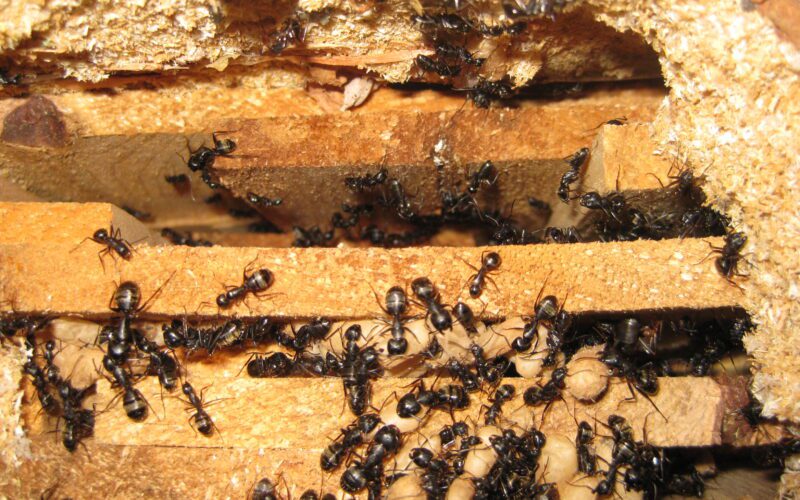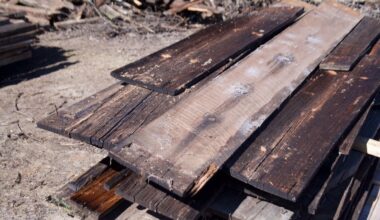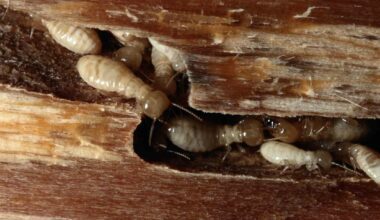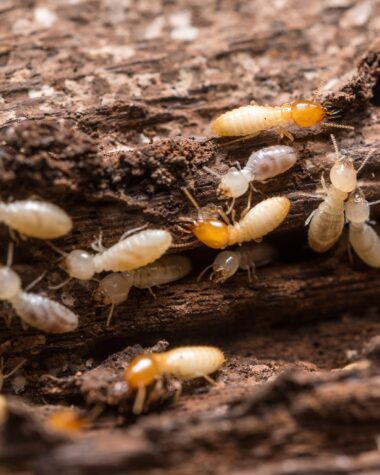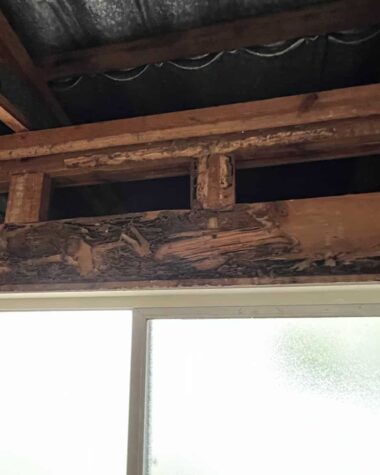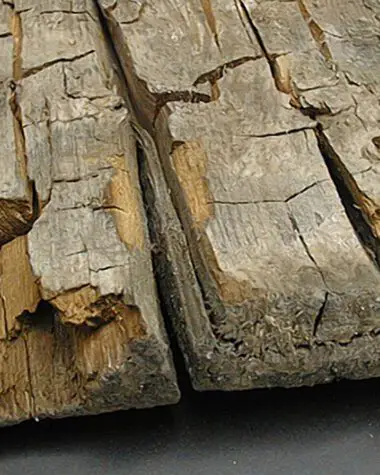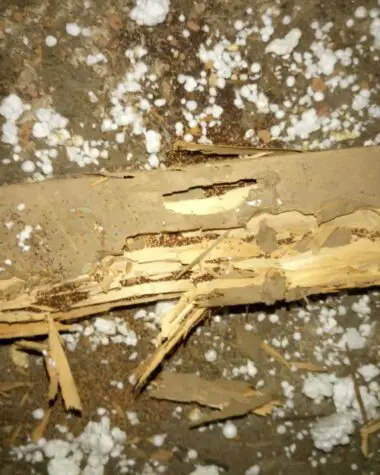Seeing ants on wooden structures and flooring is really annoying. They can harm your plants, food, and even your skin once they bite and cause irritation. Ants are usually found on any home’s surface, including your wooden furniture.
You probably wonder why these ants love your wood structure. Do ants eat wood or just use it as a free space for roaming or habitat? However, whether they consume wood or not, ants can still cause serious structural damage.
Here’s a detailed discussion about ants, their threat to your wood structure and furniture, and what you can do to prevent ant infestation.
How Ants Damage Wood
Contrary to popular belief, the ants you see around wooden surfaces do not really eat wood. They burrow into wood to make nests. Carpenter ants are the most common wood-nesting ants. They have large jaws for chewing through the wood to create tunnels and galleries.
Carpenter ant has two of the most destructive species: the C. Modoc or the western black carpenter ant, and the C. vicinus. The western black carpenter ant is typically black in color, while C. vicinus is red and black.
These ants often target moist or rotted wood. You can locate their nests by looking for wood scrapings near exit holes in the wood surface. These scrapings are usually coarser than construction sawdust.
Although the damage by carpenter ants is usually not extensive, since they don’t eat the wood, their nests can occasionally threaten the structural integrity of your wood projects. Their constant excavation inside the wood can cause serious damage that can worsen over time.
Another ant species is the C. clarithorax, typically smaller than carpenter ants and black and yellow in color. Their nests are often in dead branches and commonly infest wood damaged by dry rot or termites, between spaces and cracks, hollow-core doors, or window casement. Apparently, these ants do not damage wood and are not considered structural pests.
These ants are omnivorous, so they eat other insects, honeydew, and nectar. They usually enter a house to search for moisture and nesting sites, setting up colonies of thousands of ants.
In fact, indoor sites are satellites of the central nest located outdoors in wood piles, landscaping material, or trees. Knowing how to determine ant infestation and preparing control measures for wood-nesting ants will greatly help to save your house and woodwork.
How to Control Ant Infestation
Entomologists insist that treating all colonies on and around a property is important to totally control and eliminate ant infestation. Locating and eradicating the parent nest and removing all satellite nests are the only permanent solution. Carpenter ants can only be eradicated using pesticides, so you need to contact a professional ant exterminator for assistance.
Preventing ant infestation by trimming shrubs and trees is the best cure to keep ants away from structures. You must seal off any possible entry point and reduce mulch depth by 2 and 3 inches around structures.
Keep the soil away from your wooden flooring and structures as much as possible. You can also increase ventilation in garages and attics to prevent decay and moisture. Also, keep all potential food sources in tightly-sealed containers.
What Are the Household Remedies?
Using boric acid is a common practice to eliminate ants. You can do this home remedy by mixing 1/3 powdered sugar with 2/3 boric acid. Fill bottle caps with the sugar and boric acid mixture and set it down around the area where ants are seen. When the ants return to their nest, the boric solution will kill the other ants.
What are the Differences Between Ants and Termites?
You need a magnifying glass and a bright light to inspect whether the crawling creature is an ant or a termite. If you look at the body shape of the insect, check the abdominal area because a termite has a rectangular body shape without a “waist” or narrowing in the center. In contrast, an ant has a well-defined narrow, and constricted waist.
The antennae of a termite are straight and beaded, and the ant’s antennae are “elbowed” or bent. Both insects have four wings. A termite has equal-sized wings, while the hind wings of ants are shorter than the front forewing. The wings of ants are disproportionate to their body. On the other hand, the wings of termites fall off easily, usually seen near a termite nest opening.
Ants are dark-colored or reddish. They are usually seen in the open area when finding food. Termites are transparent, creamy white in color, and tend to avoid light. While termites eat the timber where they nest, ants do not consume any wood. Instead, they merely dig or excavate to build shelters inside the structures and furniture.
Conclusion
Ants do not really eat wood. Instead, they create tunnels, colonies, and nests. If you notice small piles of frass or wood shavings below the holes, these are likely positive signs of ant infestation. An ant infestation can be controlled by removing those that attract them. If household measures don’t control ant infestation, seek professional help before the infestation-related damage worsens.
Unlike termites, ants are less destructive. But what would happen if termites invaded your home? Here’s an article that may answer your question about wood-eating termites and how to handle them.
You can also check other available resources and know more about wood infestation causes, treatment, and other wood-destroying insects aside from termites and ants.
